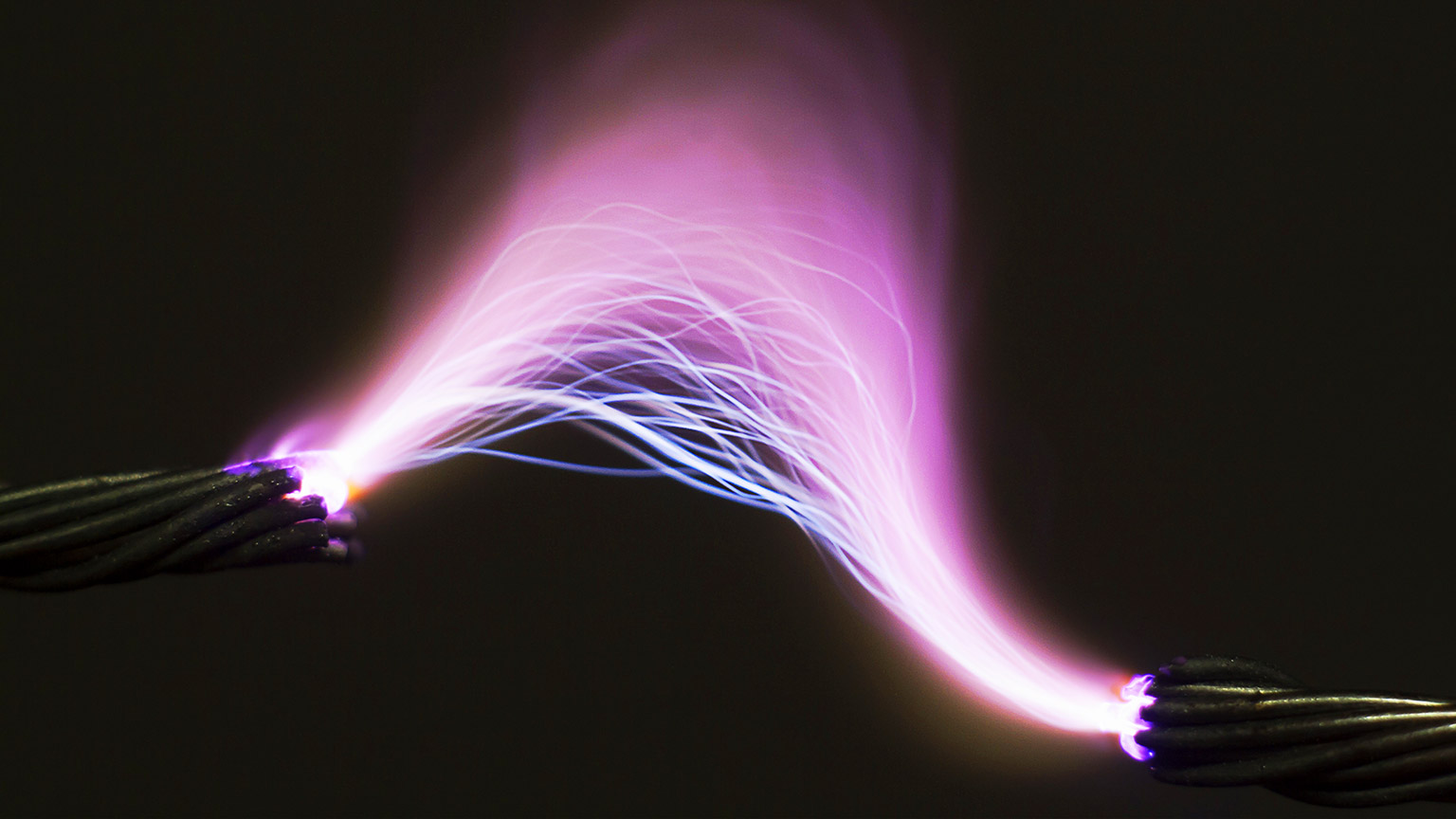Information covered in this topic includes:
- Describe magnets, magnetic fields, and magnetic terms.
- Describe the construction and operating principles of common electromagnets used in the electrical industry.
- Outline how magnetism is used in generators, electric motors, and transformers.
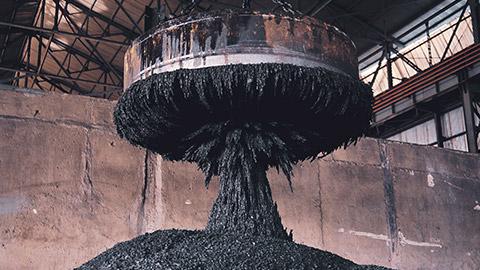
What we're covering:
- Types of magnets
- Magnetic fields
- Magnetic force
- Earth's magnetic field
Let’s start off by watching these two videos about magnets.
The videos cover these important concepts:
- Properties of a magnet
- Types of magnets
- Magnetic fields
- Magnetic field lines
- Magnetic force
- Earth’s magnetic field.
Magnets are objects that can produce a magnetic field. Magnets can attract or repel other materials such as iron, cobalt and nickel. All magnets have a north pole and a south pole. Opposite poles attract each other, like poles repel each other. Objects that can be magnetised are termed Ferromagnetic (iron, nickel, cobalt).
There are three types of magnets:
- Permanent magnet
- Temporary magnet
- Electromagnets
Permanent magnets
- Magnetised materials with magnetism already built into them.
- Magnetism is not easily destroyed.
- Capable of holding a permanent magnetic field and cannot be turned on and off.
- Made from alloys (ferrite, alnico, samarium cobalt and NIB) and naturally occurring minerals such as lodestone.
- May be created by exposing the magnetic material to a very strong external magnetic field.
- Can be split into two or more magnets, each with N and S poles which cannot be isolated.
- Used in DC motors, cars, generators, headphones, speakers, sensors, fridge magnets and information storage such as swipe cards and hard drives.
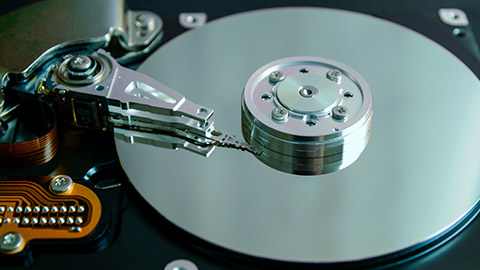
Temporary magnets
- Require an applied magnetising force to induce a magnetic field. When the magnetising force is removed, these materials lose their magnetic property.
- Cannot remain magnetised on their own.
- Usually made of "soft" magnetic materials (transformer steel, silicon steel and soft iron) that are easy to magnetise and de-magnetise.
- Useful in transformers, lifting magnets, bells, contactors, relays, solenoids, and locking magnets where the holding force ceases when the current is turned off.

Electromagnets
Electromagnets are temporary magnets consisting of a coil of wire wrapped around an iron core. When an electrical current is introduced, a magnetic field forms around the coil. (We will study electromagnets later in this course.)
Magnetic Fields
As you know magnets have two poles and depending on the orientation of two magnets there can be attraction (opposite poles) or repulsion (similar poles). You will also be aware of a region extending around a magnet where this attraction or repulsion occurs. The magnetic field describes this region. The magnetic field illustrates how the magnetic force is distributed in the space around and within something magnetic. It depicts how a moving charge flows around a magnetic object.
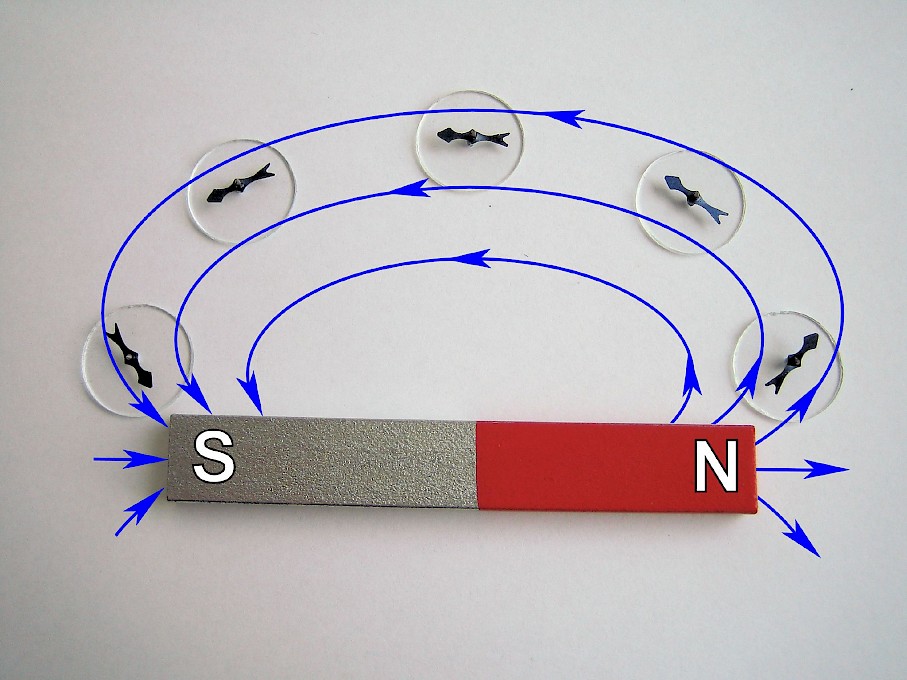
Magnetic fields cannot be seen however their presence can be detected by placing a compass at different points around a bar magnet. Field lines can be drawn by marking the direction of the compass needle at these points.
Another method of detecting a magnetic field is with iron filings. The iron filings align themselves along the magnetic field in lines, defining the shape (but not direction) of the magnetic field.
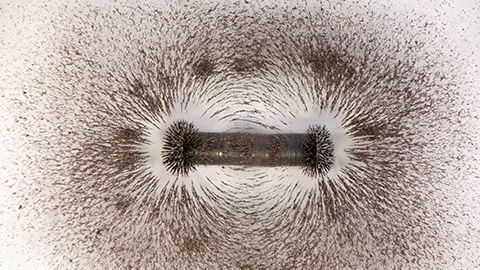
Note - these (imaginary) magnetic field lines:
- Never cross.
- Are drawn leaving the north pole of the magnet entering the south pole.
- Do not start or stop anywhere, they always make closed loops and will continue inside a magnetic material.
- Are most dense at the poles. (The closer the lines are to each other, the stronger the field.)
Activity
Sketch the magnetic field lines inside and outside this bar magnet - use a piece of paper.
The measurement of the magnetic field involves measuring both its strength and direction. Measuring direction is straightforward – we use a magnetic compass which lines up with the field. Magnetic fields occur whenever charge is in motion. As more charge is put in more motion, the strength of a magnetic field increases. Strength is measured using a magnetometer.
Magnetic flux density (‘field strength’) has symbol B, unit tesla (T).
Magnetic field may also be defined as the magnetic flux density. Magnetic flux density is the amount of magnetic flux at a particular point. (Magnetic flux is the flow of magnetic energy symbol Φ, and units Webers, Wb). One tesla is equal to one Weber per square metre.
Magnetic Force
Magnetic force is a force that arises due to the interaction of magnetic fields. A magnet, magnetic material, or current- carrying wire must enter the magnetic field of an existing magnet for the force to occur. Magnetic Force can be either repulsive or attractive force. At least two magnets must be present to create a magnetic field - a single magnet cannot create a magnetic force.
Magnetic forces are measured in Newton. These videos help to explain the concept of magnetic force.
The Earth's Magnetic Field
Earth may be thought of as a giant magnet. The magnetic field arises from Earth’s molten metallic core and extends thousands of kilometres. The magnetic field protects us from the solar winds. These are currents of particles charged of energy emanated from the sun which emit radiation.
The poles of the Earth's magnetic field are not necessarily aligned to the geographic poles. Currently the magnetic south pole is located near the geographic north pole. This is why the north pole of a compass will point towards it (opposite poles attract).
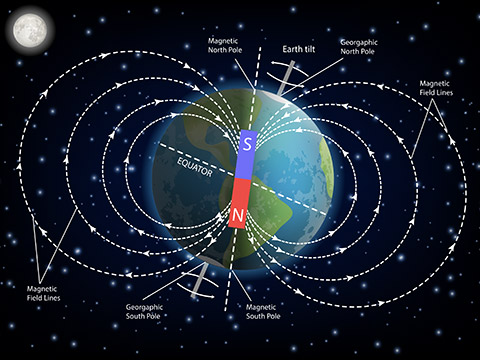
The Earth’s magnetism can be imagined as a giant bar magnet tilted at an angle of 11 degrees to its axis and having two poles. The field lines go out of Earth near the South Pole, enter Earth in the North Pole, and are not aligned with the geographic poles. (The Geographic North Pole is where lines of longitudes converge into what we call the North Pole. The Magnetic Pole is a point in Northern Canada where the northern lines of attraction enter the Earth.)
The natural magnetism of the Earth is what makes a compass work.
Activity
This site has lots of information, animations, activities, and quizzes on all sorts of science topics. Take a look.
You should concentrate on the section about magnets.
Four activities are provided here based on the learning content.
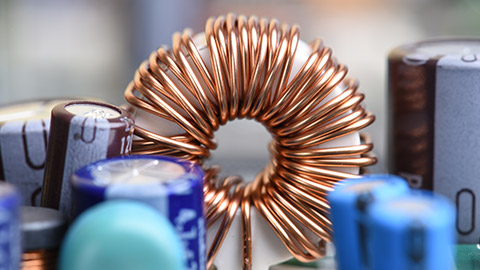
What we're covering:
- right hand (grip) rule
- what electromagnets are
- application of electromagnets
Charges in motion (an electrical current) produce a magnetic field.

The magnetic field lines around the current-carrying wire are closed loops.
The magnetic field produced by a current has three distinct characteristics:
- It can be turned on or off.
- Its direction can be reversed.
- Its strength can be changed.
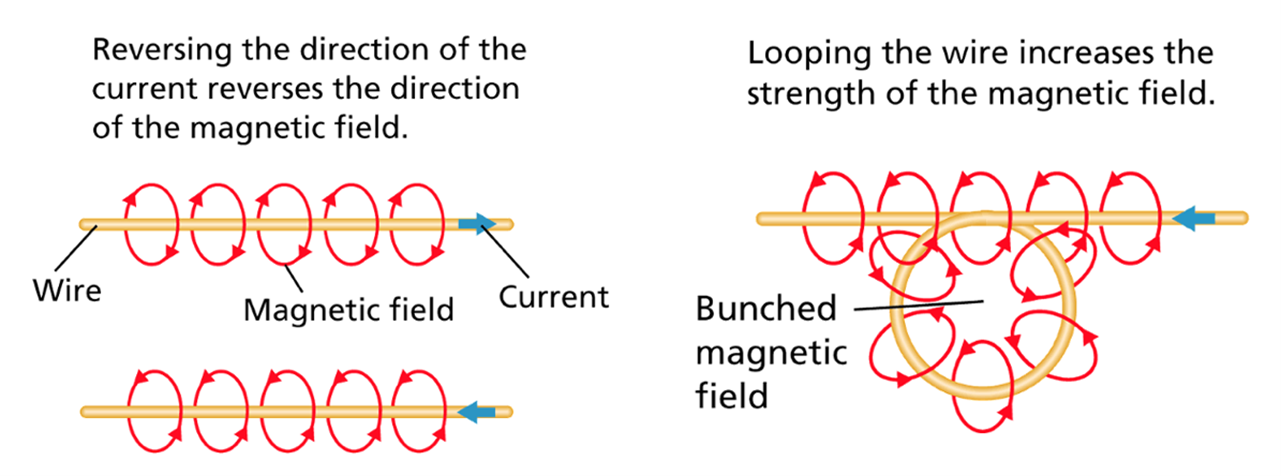
The Right Hand Grip Rule
We use the right-hand grip rule, to determine the direction of the magnetic field created by a current. To apply the rule, point your right thumb in the direction of the conventional current (positive to negative) and curl your fingers. Your fingers will be curled in the same direction as the magnetic field around the wire.
What is an Electromagnet?
Electromagnetism is the interaction between conductors and fixed magnetic fields.
When a coil of wire is supplied with an electric current, we call it a solenoid. (Notice the magnetic field around a solenoid resembles that of a bar magnet.)
‘An electromagnet is a type of magnet in which the magnetic field is produced by an electric current. Electromagnets usually consist of wire wound into a coil. A current through the wire creates a magnetic field which is concentrated in the hole, denoting the centre of the coil. The magnetic field disappears when the current is turned off. The wire helix is often wound around a magnetic core made from ferromagnetic material such as iron; the magnetic core concentrates the magnetic flux and makes a more powerful magnet.’(Wikipedia, 2022)
Mechanically, an electromagnet is quite simple. It consists of a length of conductive wire, usually copper, wound around a metal rod called a solenoid.
A current is introduced, from a battery or another source of electricity, and flows through the wire.
This creates a magnetic field around the coiled wire, magnetizing the metal as if it were a permanent magnet. The strength of the magnet is directly related to the number of times the wire coils around the rod and the material used for the core.
Electromagnets are temporary magnets - they produce magnetic fields only when electric current is flowing. They are useful because you can turn the magnet on and off by completing or interrupting the circuit, respectively.
Watch the animation of electromagnetic induction here.
A conductive wire, usually insulated copper, is wound around a metal rod. (The wire will get hot to the touch, which why insulation is important.)
The tighter the wire is wound around the rod, or core, the more loops the current makes around it, increasing the strength of the magnetic field. In addition to how tightly the wire is wound, the material used for the core can also control the strength of the magnet. For example, iron is a ferromagnetic metal meaning it is highly permeable.
Activity
Find out what permeability means in relation to magnetism and write a definition in your own words. Then post your definition in the class forum and compare your answer to those of your classmates.
Application of Electromagnets
Electromagnets are used in numerous electromechanical and electronic devices. The doorbell is a very simple example of how we use electromagnets in our day-to-day lives.
Learn how an electric bell works in this video and from this website.
Closed Circuit: Pressing the button closes the circuit of the doorbell. Closing the circuit turns on the electromagnet in the door.
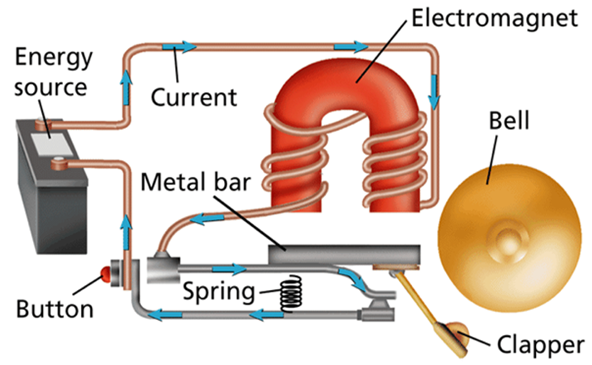
Open Circuit: The electromagnet attracts a metal bar, and the clapper strikes the bell. At the same time, the circuit opens, turning off the electromagnet. The spring returns to its resting position.
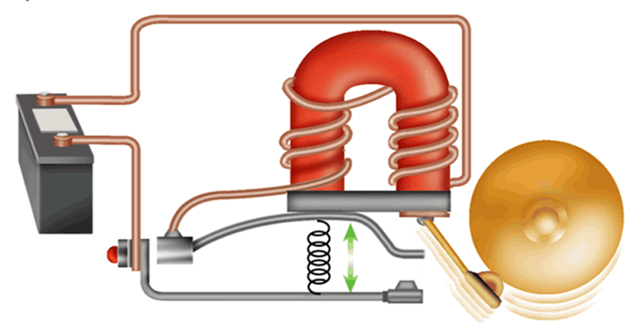
Electromagnets are also found in the large cranes used in waste yards. A switch is turned on in the crane producing a current in the electromagnet which can then lift, move and drop heavy iron or steel objects.
Other common uses for electromagnets include:
- Generators, motors, and transformers.
- Headphones and loudspeakers.
- Relay switches and valves.
- Data storage devices like VCRs, tape recorders, hard discs, etc.
- Induction cooker.
- Magnetic locks.
- MRI machines.
- Mass spectrometers.
- Chargers (phones, electric cars etc.)
You may have heard of an electromagnet called the Large Hadron Collider? The LHC is a 27 km particle accelerator. All the magnets on the LHC are electromagnets. The main dipoles generate powerful 8.3 tesla magnetic fields – more than 100,000 times more powerful than the Earth’s magnetic field. The electromagnets use a current of 11,080 amperes to produce the field, and a superconducting coil allows the high currents to flow without losing any energy to electrical resistance. You can learn more about the LHC here.
Activity
The diagram shows an electromagnet used in a door lock.
- When the button is pushed the door unlocks. Explain in detail why this happens.
- When the button is released the door locks. Again, explain in detail why this happens.
- Explain why electromagnetic doors are safe for use as emergency doors (i.e. would happen if the power went out?)
More activities from footprints-science can be found here and here.
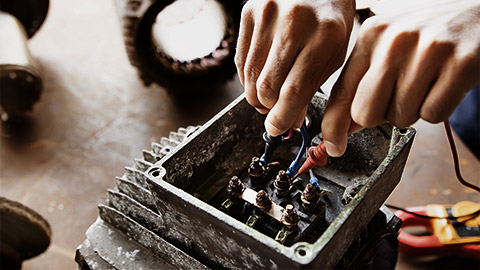
What we're covering:
- Faraday's Law
- Motors, generators and transformers
We have already seen that charges in motion (an electrical current) produce a magnetic field. The inverse is also true: moving a bar magnet through a coil of wire will induce a current to flow through the wire.
This process of generating electric current with a changing magnetic field is known as electromagnetic induction, or Faraday’s Law. As long as the conductor is part of a closed circuit, current will flow through it whenever it crosses magnetic field lines. One way this can happen is pictured. (It shows a magnet moving inside a wire coil.) Another way is for the coil to move instead of the magnet.
According to Faraday the strength of the induced current may be increased by:
- Increasing the strength of field, or size, of the magnet.
- Increasing the speed of the motion.
- Changing the angle of the magnet (to be more perpendicular).
- Increasing the number or turns of coil.
In other words, a changing magnetic field produces an electric field, and a changing electric field produces a magnetic field.
Motors, Generators and Transformers
Look around your house and you will find that it is filled with electric motors. Since our homes use AC power, most of these gadgets have AC motors. DC motors are more likely to be found in things that use batteries.
Activity
Starting in the kitchen, make a list on a piece of paper of all that gadgets that have motors in them:
- kitchen
- laundry
- bathroom
- bedroom
- car
- garage
- other places
Almost every household gadget that moves uses an electric motor to achieve that movement.
Motors
An electric motor is a device that uses an electromagnet to change electrical energy into mechanical energy. Read here “How Electric Motors Work”.
When a current carrying conductor or wire is placed in a magnetic field, electrical energy is transformed into mechanical energy.
In the example above, the single wire moves up or down, whereas a wire loop will move through a half turn.
The movement is due to the magnetic field of the magnets interfering with the magnetic field of the electric current flowing in the conductor. Since the loop has become a magnet, one side of it will be attracted to the north pole of the magnet and the other to the south pole.
The principle of the electric motor goes a step further so that, at the moment that this half turn of motion completes, the field of the electromagnet flips. You flip the magnetic field by changing the direction of the electrons flowing in the wire, which means flipping the battery over. The flip causes the electromagnet to complete another half turn of motion. If the field of the electromagnet were flipped at exactly the right moment at the end of each half turn of motion, the electric motor would spin continuously.
There are three basic parts in any motor: a stator, a commutator, and a rotor. Together they use electromagnetism to make the motor spin. As long as the motor receives steady current, the motor works.
- The stator stays stationary during the rotation. The outside of a motor is the stator: a permanent magnet or field magnet that does not move. Often the stator has a row of magnets and looks like a drum.
- The rotor or armature is the part of the motor that rotates. The rotor is the electromagnet of the system. It is inserted in the stator. The current is in opposite directions on each side of the armature causing one side to move up while the other side moves down.
- The split-ring commutator rotates with the armature. The commutator reverses the current between the rotor and the battery which keeps the axle spinning in a single direction. By reversing the magnet’s polarity, the rotor continues spinning through repulsion and attraction.
- Brushes that touch the commutator conduct current to the armature. The brushes do not move.
An electric motor consists of a DC power supply; a magnetic field; a current conducting coil; a rotor which rotates the coil; a commutator which reverses the direction of the current in the circuit; and brushes which conduct electricity between the moving coil and the circuit.
When current flows through the coil which is placed between the magnets, the coil experiences a torque*, and starts to rotate. When the coil completes a half-rotation, the DC current gets reversed, causing the torque in the opposite direction. This results in the coil to rotate further, completing the other half cycle in the same direction. The split rings are responsible for reversing the direction of the current in the circuit, after every half cycle.
*Torque is the measure of the force that can cause an object to rotate about an axis.
Activity
Put these sentences about motors into the correct order.
More activities from footprints-science…
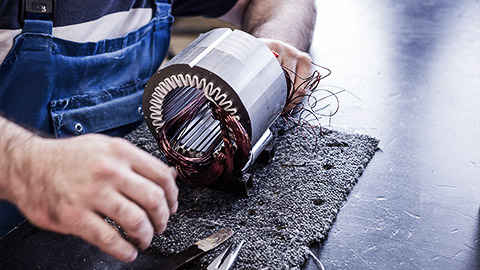
What we're covering:
- motors vs generators
- alternators and generators
A generator uses motion in a magnetic field to produce an electric current.
Compare - a motor converts electrical energy to mechanical energy, whereas generators do the opposite – they convert mechanical energy to electrical energy.
This video differentiates between the motor and the generator. (Begin watching at 25 seconds.)
In a generator, some form of energy is applied to turn a shaft. This causes a coil of wire to rotate between opposite poles of a magnet. Because the coil is rotating in a magnetic field, electric current is generated in the wire.
As you can see the structure of a simple generator is essentially the same as a motor. If you were to mechanically turn the shaft of a motor (instead of using electro-magnetism to turn it), the motor would generate electricity just like an electric generator.
Learn how to make a very simple electric generator in this video. Making your own generator will help you understand how a generator works.
Alternators and generators
The simplified difference between these two terms is - an alternator converts mechanical energy into alternating current (AC) electrical energy, whereas a generator converts mechanical energy into either alternating current (AC) or direct current (DC) electrical energy.
The generators in cars and most power plants produce alternating current.
Applications
In most power plant generators, a source of mechanical energy turns huge turbines. The turbine is attached to the armature of a generator, which produces electric current.
The energy to turn the turbine may come from burning fuel, falling water, or some other energy source. A hydroelectric power plant uses the kinetic energy of falling water to turn a turbine and generate electricity.
Watch this clip to see how falling water is used to generate electricity.
This video looks at the various ways power is generated.
Activity
- Match the terms to its correct definition and parts.
- How is current induced in the armature (of a generator)? Make notes for your own records.
- How does an electric motor differ from a generator? Compare them using a Venn Diagram, choosing your answers from the box below. Download a copy of the worksheet to write your answers into.
Activity
- Answer the questions about generators.
- Suggest four ways to increase the induced current above.
- The diagram illustrates how a steam turbine generator works. Write down what is happening at each stage 1-6.
- Why do we use water in generators?
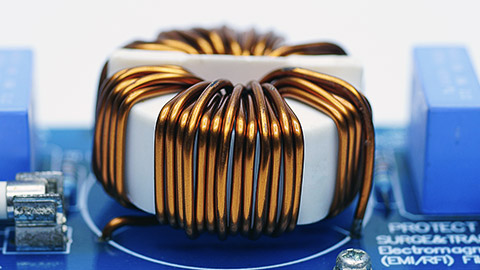
What we're covering:
- transformers
- step up and step down transformers
- transformers and voltage
Another common electromagnet is the transformer. An electric transformer is a device that uses electromagnetic induction to change the voltage of electric current. A transformer may either increase or decrease voltage, but it only works with alternating current.
A transformer usually consists of two coils of wire wrapped around the same iron core. The primary coil (P) is the input coil of the transformer, and the secondary coil (S) is the output coil.
When alternating primary current Ip passes through coil P, it magnetises the iron core. Because the current is alternating, the magnetic field of the iron core keeps reversing. This changing magnetic field induces alternating current in coil S, which is part of another circuit.
'Play' with the transformer simulators at these sites. What happens to the input and output voltages as you change the number of windings of the coils?
Voltage can be changed depending on the number of loops in the primary and secondary coils. If the output voltage of a transformer is greater than the input voltage, it is called a step-up transformer. If the output voltage of a transformer is less than the input voltage it is called a step-down transformer.
Voltage is determined by the turns-ratio equation:
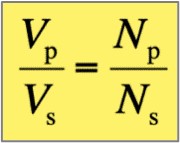
Vp is the input voltage of the primary coil
Vs is the output voltage of the secondary coil
NP is number of windings of the primary coil
NS is the number of windings in the secondary coil
The turn’s-ratio is the same as the voltage ratio.
In an ideal transformer the power in the primary coil is equal to the power in the secondary coil i.e.

The current ratio is the inverse of the voltage ratio.
Transformers are extremely important because they efficiently change voltage and current, while providing the same total power.
Activity
Answer the following questions about transformers.
